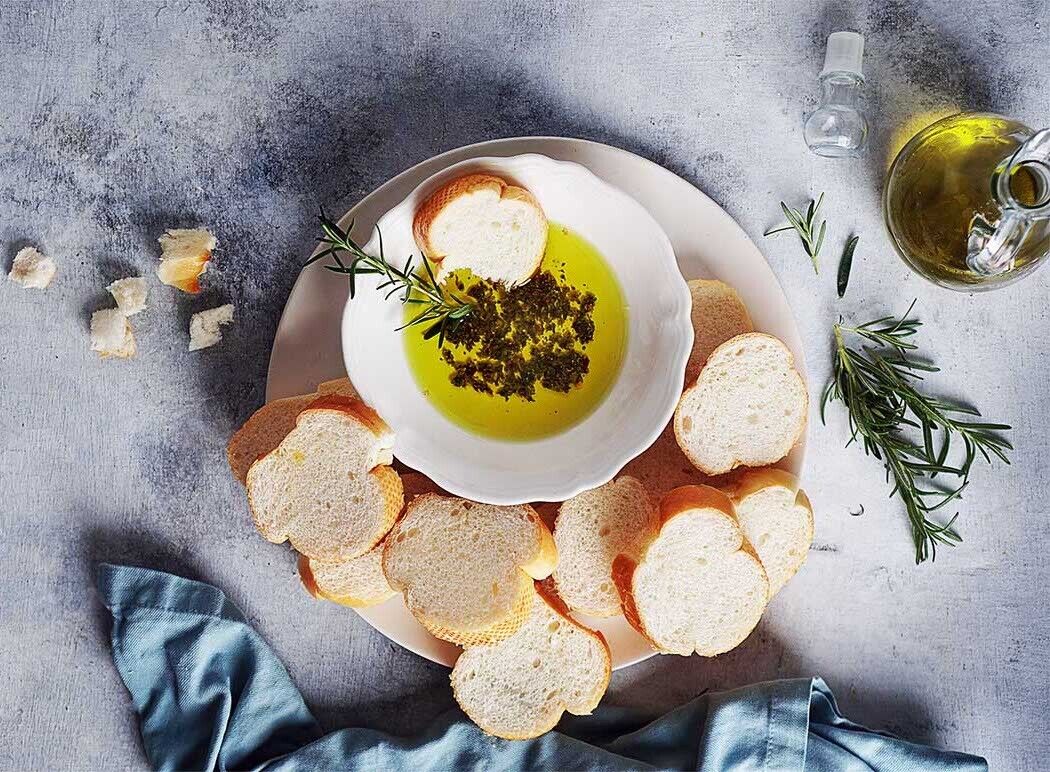LS Food
How to choose olive oil: 7 points to consider
The benefits of olive oil are shouted from every corner. All nutritionists claim that eating olive oil is good for your health because it contains high levels of monounsaturated fatty acids and antioxidants.
And it's hard to argue with that, of course. But how do you choose a quality olive oil? What should you pay attention to? And which one is better for salad and which one for frying? The FoodOboz editorial team answers all your questions.
Packaging
The first and most important point: it is recommended to store olive oil in a dark glass bottle. In plastic or transparent glass, the oil quickly loses its taste and beneficial properties, but becomes bitter and acquires the wrong flavor.
Date of manufacture
With the packaging figured out, now we are looking for the date of production. On average, olive oil is stored for 18 months from the date of production. At the same time, experts recommend choosing the youngest oil – it will be the most healthy and flavorful.
Classification
In addition to the date of production, look for the olive oil's classification on the label. There are several types of oil, each of which is suitable for different cooking processes.
- Extra virgin olive oil. Natural oil from the highest quality olives with excellent flavor. Extra virgin olive oil is used for dressing salads, raw meat, and fish, as well as for making soups, sauces, and marinades. Frying with this oil is not recommended: at temperatures above 180 degrees, it starts to burn.
- Virgin olive oil. Another natural oil, with the only difference being that damaged olives can also be used in the production of virgin oil. This oil is usually used for salads.
- Pure olive oil. A mixture of refined and natural oils. This oil is used for cooking hot dishes.
- Olive pomace oil. Oil is made from oilcake, which is sometimes mixed with natural oil. It is quite suitable for eating, but not for salads. Pomace oil is usually used for frying and baking.
An important point: the bitter taste of Extra Virgin and plain Virgin indicates the high quality of the butter.
Abbreviations
Another important point is the abbreviations that can be found on Extra Virgin oil labels:
- DOP (Denomimazione di Oridine Protetta). The oil has a "protected region of origin". In simple terms, the olives for this oil were grown and harvested in a specific region. The oil was also pressed in the same region.
- IGP (Indicazione Geografica Protetta). The production process was strictly controlled. At the same time, part of the process was realized outside the designated region.
- BIO. Guarantee of 100% naturalness. This means that synthetic fertilizers, growth hormones, and pesticides were not used in the production of the oil. Also, this certificate guarantees that the oil does not contain dyes, flavor enhancers, food additives, and genetically modified products.
Acidity
Acidity is one of the quality indicators of olive oil. The acidity level means the content of oleic acid in 100 ml of the product. The lower the natural acidity of olive oil, the higher its quality. Thus, Extra Virgin oil should contain an acidity level of no more than 0.8%, Virgin oil should not exceed 2%, and refined olive oil should not exceed 1.5%.
Color
As we have already mentioned, high-quality oil is sold in bottles made of darkened glass, through which the true color of the oil is not visible. Therefore, you can only check the color at home. But still, pay attention to this fact when you remove the cork in the kitchen: good olive oil has a pleasant golden hue. The gray or deep green color of the oil indicates that it was made from overripe olives.
Taste
The flavor of olive oil depends on the type of olive, as well as the country and climate in which it is grown. There is no point in arguing which oil is better and tastier - Italian, Spanish, Greek, or Turkish. It all depends on your taste preferences.
- Greek olive oil is very bright and rich in flavor, characterized by the presence of honey notes and slightly fruity aromas.
- Spanish oil has a pungent aroma and a bitter, peppery taste. We can say that it resembles the taste of olives more than others.
- Italian olive oil is mild, and slightly sweet, with a subtle herbal smell.
- Israeli oil tastes not as delicate as all of the above, it can even be said to be a bit harsh.
- In addition, olive oil is also produced in Turkey, Syria, Tunisia, Morocco, Portugal, the United States, and France.
How to check the quality of olive oil
To understand whether you have bought a good product, simply put the bottle in the refrigerator: real olive oil should form a white sediment. This is a clear sign that it is genuine. When warm, olive oil becomes clear again.
How to store olive oil
Store olive oil in a cool place protected from sunlight, but not in the refrigerator. At a temperature of -8°C, the oil freezes, forming white flakes. In a warm environment, it takes on its natural appearance, with all the beneficial properties, taste, and aroma preserved.





























